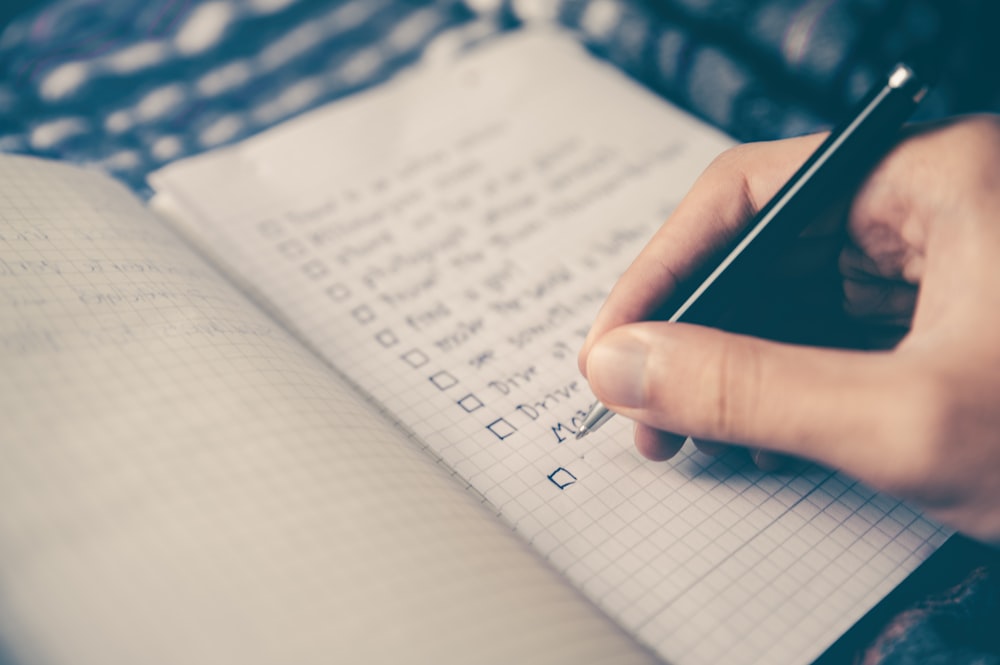New Year resolutions almost always revolve around weight loss, but there’s a simple way to get ahead on your fitness goals – start two months before Christmas.
The holiday season plays a big role in our weight calculations, with many of us – often already packing extra weight – overeating in the final week of the year before resolving to lose all the excess weight in the new year.
with many of us – often already packing extra weight – overeating in the final week of the year before resolving to lose all the excess weight in the new year.
The smarter decision is to start your weight loss journey a couple of months before the holiday season – allowing you to take in a cheat day or two over the holidays.
The best part of this strategy? You will start the new year with your fitness goals already achieved, and that locked-in success will give you the confidence to tackle all your other goals with focus and the certainty that comes from achieving success.
In the rest of this article, we look at a few simple steps you can take to gradually, safely and successfully lose weight over a period of two months. This is a much better approach than trying to force yourself to lose a lot of weight over a small period of time.
And the holiday season is the built-in reward that will make it worthwhile.
So let’s start with a quick review – what are you doing less of?
Before you start, it’s important to understand that while there are some basic principles that apply across the board, everyone is unique in terms of how well they are doing certain things.
You need to evaluate where you are on the following metrics.
(Photo/ Unsplash)
Sleep & Recovery
Are you getting enough good-quality sleep? If it is consistently less than six hours a day, you need to push this to a minimum of seven hours. Losing sleep will put all your other efforts (calorie restriction, exercise) to waste. It’s a good idea to invest in a sleep monitor like the Fitbit Charge 5 that helps you track your sleep relatively accurately.
The same applies to stress reduction – if your work is stressful, work in a couple of five-minute de-stress breaks during your day to practice mindfulness.
If you are already training hard, look at how to master your breathing in your post-workout cooldown (you are warming up before and cooling down after working out, yes?) to optimise recovery.
(Photo/ Unsplash)
Eating Habits
The single most important factor after recovery (sleep, stress, training) is how much you eat (and what you eat).
Whatever diet you want to follow –paleo, OMAD (one meal a day), intermittent fasting, keto, low-carb, flexible macros or anything else – you will need to master two things:
Consistency
Follow the protocol to 90% accuracy for the duration of the next two months. For example, if you are practicing intermittent fasting, I would want you to spend the first week practicing IF at a 16:8 protocol before switching to 18:6 in the second week.
From the third week onwards, I would ask you to experiment with a 24 hour fast once a week with a weekly cheat meal thrown in to build on the discipline as well as allow for periodic rewards and opportunities to jolt the metabolism.
In short – start simple, build discipline and then iterate the complexity.
Meal Selection
Speaking of simplicity, the secret to losing weight is replacing choice with satisfaction. The surest way to lose weight is remove the decision-making process in what you eat. Pick a few healthy meals (per meal time) from what you really like to eat and just replicate them week in, week out. No need to decide between options you don’t like – pick foods you could eat three/four times a week.
A few repeatable meals could be the difference this year in meeting your goals or losing out to paralysis by analysis.
Caloric Deficit
And in all of this, the underlying principle will be maintaining a caloric deficit.
For a gradual two-month program I usually recommend starting off with a slight deficit – maybe 250 calories/day at most – to allow your body to easily stick to it in the beginning. A higher deficit is possible (and we will move to it later on) but starting small will help you build discipline.
After the first few weeks, you can increase the deficit to 500 calories/day (depending on whether you’re seeing results or not) but the key is always going to be maintaining consistency throughout the two-month period.
Caloric restriction is a lot easier than you think. For example:
· If you take two cappuccinos a day, switch to black coffee for a 200+ caloric deficit.
· If you enjoy two 16 oz cans of soda, switching to sugar-free soda will take you to a 300-calorie deficit.
· A regular snacker? Dropping your snacks will often give you a 200-400 calorie deficit depending on how heavy a snacker you are.
· Reducing a meal by 25% could give you an easy 100-200 caloric deficit.
As you go further – you’ll understand that a 250-500 caloric deficit can be really easy to build into your eating habits without making things very difficult for yourself.
And after the first few weeks, you can practice moving from a 250-calorie deficit to a 500-calorie deficit, but play with this number within that range to see what suits you best.
(Photo/ Unsplash)
Exercise
If you are already exercising, that’s great – we can look at ways to improve on it.
If you are sedentary, adding 15-30 minutes of movement daily, coupled with the caloric deficit prescribed above, will give you a great boost in helping your weight loss journey.
With exercise, consistency and simplicity matter – do activities you enjoy and that you can do regularly (preferably daily) for a minimum of 15 mins (and upto 30/60/120 minutes a day). There’s no real upper limit except for what you have time for. And you really don’t need to run two hours a day unless you’re training for a sport.
Here’s a handy list of exercises that burn a lot of calories per minute – pick a few you like (and can learn/handle) and you can alternate them or do them together on a daily basis.
At this stage, don’t fall into the trap of taking ‘off’ days in exercise – you can change the activity but you will rarely need to take a ‘break’. If all else fails, a 30-minute walk will work just as well as 5-10 minutes of jumping rope – if only in terms of helping you stay consistent.
What you will notice from reading the calories burned by exercises above is that exercise will only help you burn an extra 150-300 calories in most cases, or maybe 400-600 if you are going all out for an hour.
In contrast, eating 300 or 600 calories doesn’t take that much time or effort.
Use exercise as a boost, not as a replacement for your weight loss.
(Photo/ Unsplash)
What To Expect
Following the principles listed above, you could easily lose half a pound to a full pound per week. Weight loss may be quicker early on before tapering off, or it may be slow in the beginning and then accelerate later on.
What matters is that you are consistent in working towards your goal – and pretty soon you’ll be able to enjoy the holidays and end up in the new year much closer to, or having hit, your fitness goals.
That’s an excellent way to start a new year.
Source: Free Guest Posting Articles from ArticlesFactory.com




